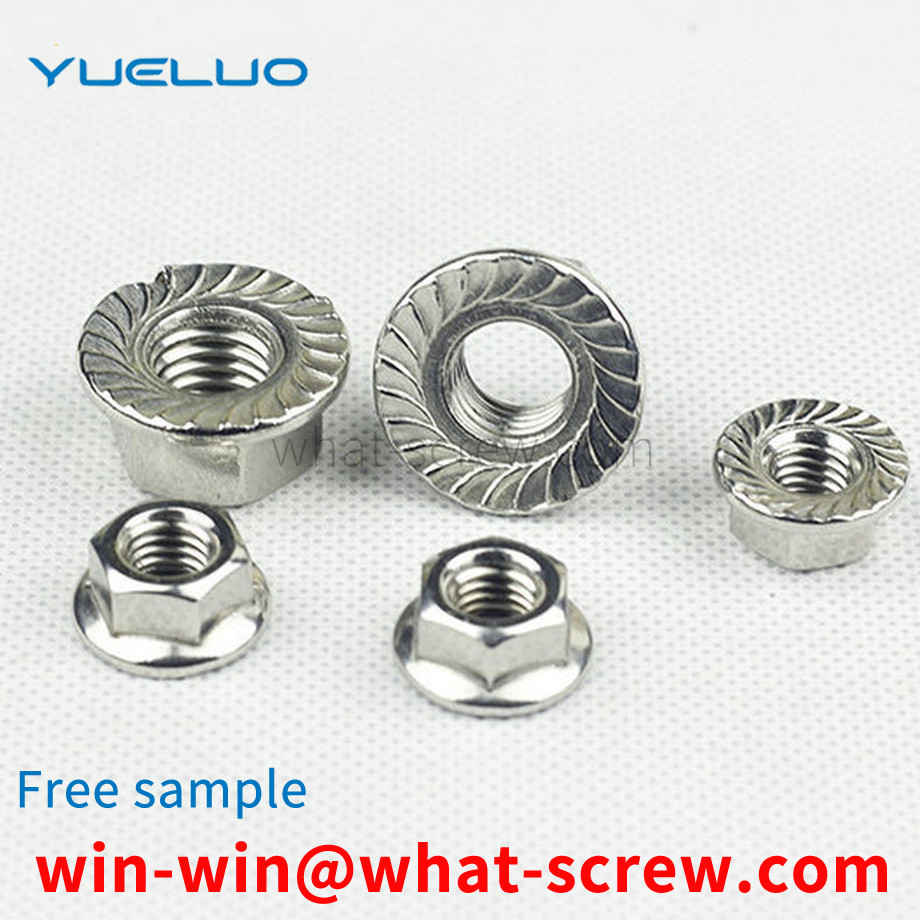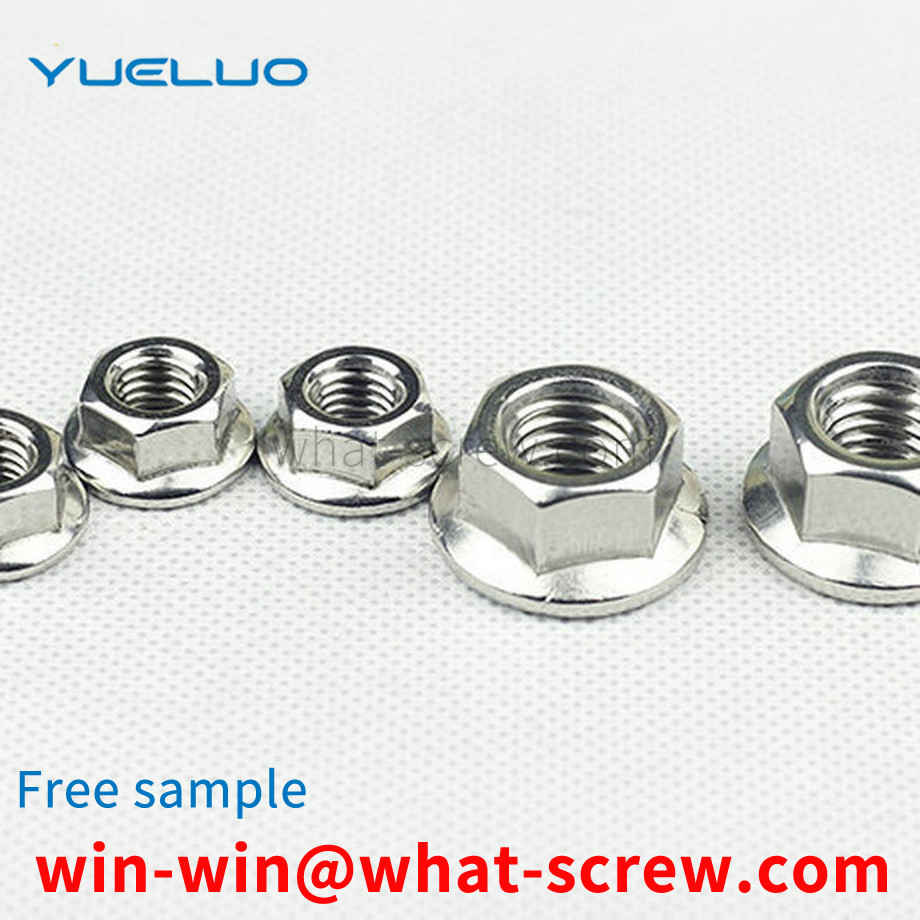Existing wood screws are composed of a threaded portion with a tapered angle and arranged along a tapered stem and a screw head. The head of the screw can be a countersunk head, hemispherical, or other shapes, and the head of the screw has a groove that fits with the tool, a word groove, and a concave cross groove. The taper angle of existing wood screws is either 45 degrees or 60 degrees, and the front end of the taper angle is a pointed point formed by a rotating thread. The existing wood screws have the following three deficiencies in use. Because the taper angle is 45 degrees or 60 degrees, and the thread angle is 64 degrees, the resistance when entering the material is relatively large, so the existing wood screws are manually screwed. It is difficult to screw in, especially when it is used for hardwood materials, and it often happens that the groove of the screw head is screwed out; A large lateral moment will be formed when the screw is screwed, which is prone to the problem of deviation from the position; in addition, because the existing screw is tapered, it will be subjected to both radial force and axial force when entering the material, and its stress state It is more complicated, so it is easy to cause the cracked wood material to burst, and even cause the material to have longitudinal cracks and be unusable.
There are two typical pin shearing fixture tooling, among which the traditional fixture shown in Fig. 1 is more complicated and consists of fixture, spacer, washer and shearing block guide post, hardened bushing, shearing block and so on. The cylindrical pin is installed in the hardened bushing, and the axial load is applied through the shear block to complete the shear test. The fixture is complicated in manufacture and has many consumables, because the size of the hardened bushing is similar to that of the cylindrical pin. , and to keep the notch of the cylindrical pin upward, it is difficult to install before the test, and the broken cylindrical pin after the test remains in the hardened bushing and is difficult to remove.
The existing open-type blind rivets are widely used, usually composed of an iron rivet shell and an iron or stainless steel mandrel. During the riveting process, the open-type rivets are often unstable and biased due to the unsteady breaking force of the mandrel. When the foam is riveted, the nail head is directly pulled into the foam layer to damage the product structure. And there may be safety hazards such as scratching the operator during the installation process due to the exposed nail core. At the same time, due to the expansion of the rivet shell hole, the nail head will be loose inside.
safety screw includes a screw rod, and is characterized in that: the two ends of the screw rod are respectively provided with notches for rotating a tool knife. Compared with the prior art, the advantage of Guangdong Yueluo Hardware Industry Co., Ltd. is that notches are provided at both ends of the screw, so that when the screw is in use, it can be tightened or loosened from both ends without installation. Due to the limitation of position and structure, when the installation space is small or the tool knife cannot be inserted, it is convenient for the operator to directly tighten or loosen the screw from the other end, which improves the efficiency of installation and disassembly, saves assembly time and reduces assembly difficulty.
The grooved embedded parts are usually connected by bolts, and there are many types of T-bolts used with the grooved embedded parts. position, so that the T-bolt can form a stable connection with the groove-type embedded part, but in the actual installation process, the T-bolt pressed into the groove-type embedded part is prone to loosening problems, so it is difficult to better Fixed in trough embedded parts.
We have many years of experience in the production and sales of screws, nuts, flat washers, etc. The main products are: color washers, 201 spring washers, non-slip flat washers, marine hardware lifting ring screws and other products, we can provide you with suitable tightening. Firmware Solutions.



















 Service Hotline
Service Hotline




